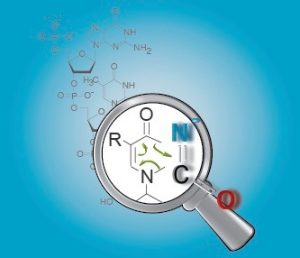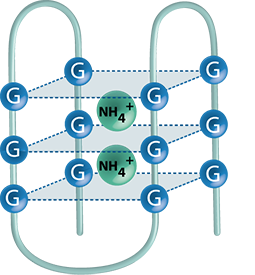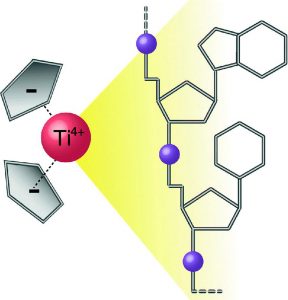Structural elucidation using tandem mass spectrometry
Our research is focused on the application of tandem mass spectrometry for the structural investigation of oligonucleotides and their analogues. This also requires elucidation of the fundamental mechanistic processes involved in the gas-phase dissociation of selected compounds.
Modified oligonucleotides bear a great potential for therapeutic applications and diagnostic purposes. Since classical sequencing methods based on enzymatic or chemical degradation often fail in the case of modified oligonucleotides, alternative techniques are needed. A goal of our research is to fill this gap and to develop novel protocols based on tandem mass spectrometry for the characterization of nucleic acids. [read more...]
The spacial arrangement of nucleic acids is an attractive field of research, since the formation of higher-order structures of DNA and RNA is an essential prerequisite for the proper functioning of many cellular processes. Mass spectrometric characterization of higher-order structures, such as double-stranded DNA or G-quadruplex structures is fundamental for further elucidations on their interaction with cytostatic and cytotoxic drugs. [read more...]
Mass spectrometric analysis of adducts formed between nucleic acids and cytotoxic agents provides information on the binding patterns and affinities. Starting with the investigation of cis-diamminedichloroplatinum(II) (cisplatin, DDP), a widely used chemotherapeutic drug, we extended our research on bent metallocenes, such as Molybdencene and Titanocene. [read more...]



